Mafia Secrets: Crime’s Most Famous Godfathers & 'Families'
Blood oaths, secret tunnels, codes and ciphers are tradecraft of the modern-day mafia, the 'Goodfellas' network that evolved in Sicily in the 19th century and now stretches from Naples to New York, Miami to Melbourne and far beyond.
Investigations by the FBI and other elite police units have shone light into the dark corners occupied by the real-life gangsters immortalized in The Godfather, Goodfellas and The Sopranos. The FBI has kept an eye on the five families that have run New York’s US-Italian mob since the 1930s - the Bonanno, Colombo, Gambino, Genovese and Lucchese families - and continue to do so today.
In the mafia hotbed of southwest Italy, mobsters are tracked by the Cacciatori di Calabria, literally 'the hunters' of the Calabria region, highly-trained police who track the ‘Ndrangheta syndicate, one of Europe's biggest drug cartels. During one raid, the hunters struck gold: they found notebooks of hieroglyphics and a cipher detailing how each hieroglyphic corresponded to the Latin alphabet. Italian media described the find as a mafia Rosetta Stone. Police have since cracked the code, gaining insight into the myths, sacred oaths and inner workings of the ‘Ndrangheta (from the Greek word for heroism and manly virtue).
SPYSCAPE breaks the code of silence.

1. John Gotti relaxed by playing chess
'Teflon Don' Gotti was the boss of the Gambino crime family in the 1980s, earning the nickname because he evaded prison for years - none of the charges stuck. When Gotti was arrested in 1990, the mafia don told police: "I bet ya three-to-one I beat this." Gotti lost the bet. He was convicted of five murders and an assortment of other charges - gambling, loansharking and narcotics trafficking were all his stocks in trade. When he wasn’t ordering hits, Gotti was obsessed with chess, telling friends it "makes you think like a boss". Gotti admired Bobby Fischer so much he called him the “Al Capone of chess”. Gotti also enjoyed betting on Scrabble, author Sal Polisi wrote in The Sinatra Club: My Life Inside the New York Mafia. One evening, Gotti put money down on the word ‘ken’. The stakes rose and rose until finally Polisi opened the dictionary saying: "Oh f*** me." Polisi had to read it aloud so everybody knew Gotti was right. ‘Ken’ means knowing, or to have knowledge about something.

2. What goes around, comes around
The life of a mobster is bloody work. Gotti’s predecessor was Paul 'Big Paulie' Castellano - aka 'The Howard Hughes of the Mob' - who became Godfather in 1976. Castellano was a businessman. He oversaw a poultry distribution company, read the Wall Street Journal and ran the Gambino 'family' like a Fortune 500 business. Castellano also liked bling. He built a 17-room mansion on Staten Island resembling the White House with an Olympic-size swimming pool and an English garden. By 1985 it was all going horribly wrong, however. There were rumblings when Castellano banned his 'made' men from dealing drugs under the threat of death. Meanwhile, an FBI agent posing as a cable TV repairman bugged his house (Castellano actually held the flashlight) and wiretapped his meetings. Castellano was indicted for loan sharking and connected to five murders. In December 1985, as Castellano was about to enter Sparks Steak House in Manhattan, he was shot in the face. Gotti drove over to see the body. The 'Teflon Don' was later convicted of ordering the hit.
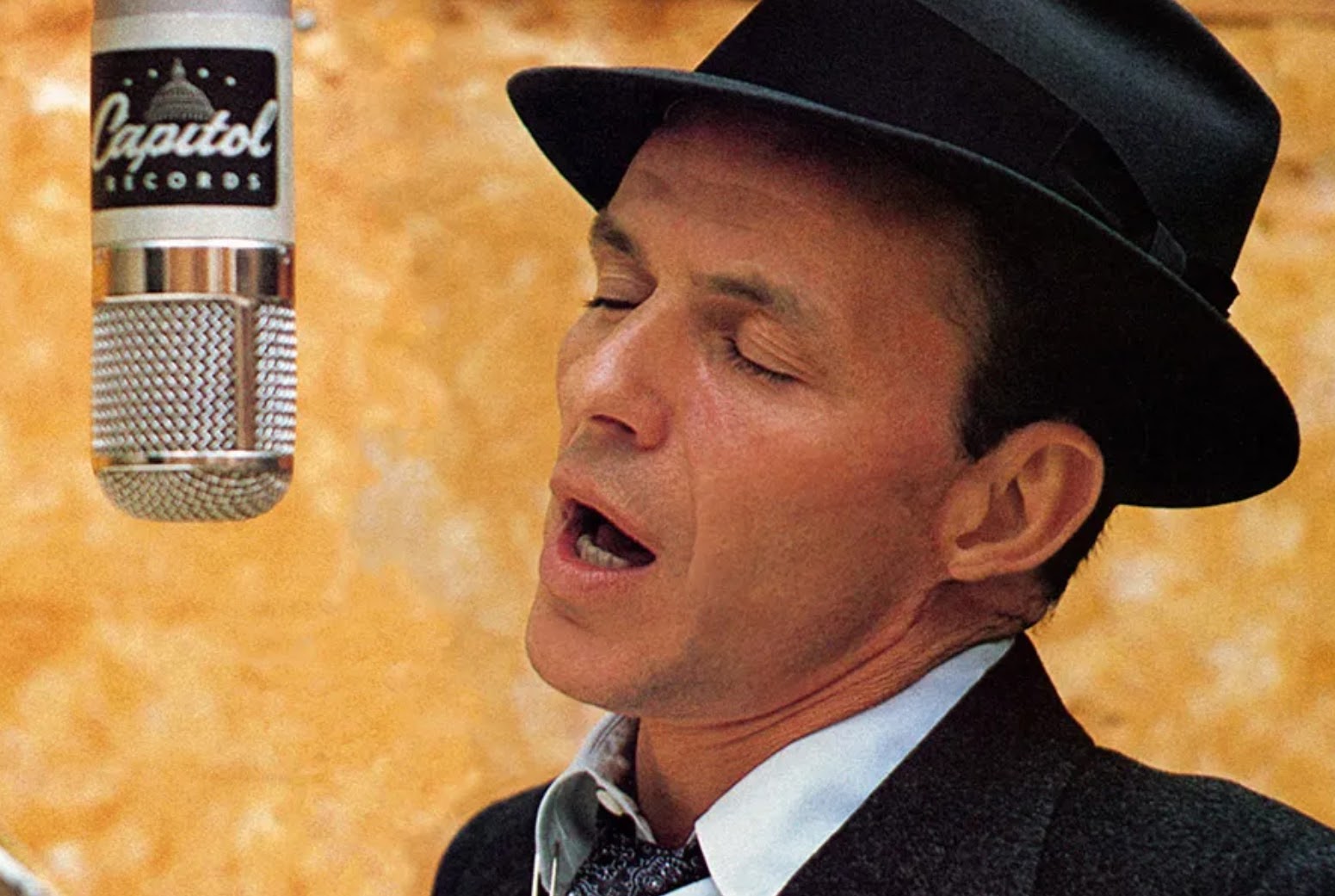
3. The FBI tracked Frank Sinatra for 40 years
G-men kept an eye on singer Frank Sinatra for decades, watching his mob contacts and early involvement with the Communist Party in Hollywood. Sinatra’s Italian grandfather had immigrated from Sicily to New York in 1900. The crooner’s father was a bootlegger during Prohibition and ran a bar with Waxey Gordon, a gangster known as "the beer baron of New York". Sinatra Jr grew up in Hoboken, New Jersey and started singing in the bar when he was eight, so he knew the regulars. Sinatra was friendly with Chicago mob boss Sam Giancana. He also accepted gifts from brothers Joseph and Charles 'Trigger Happy' Fischetti, part of the Chicago mob who ran illegal gambling operations, and he appeared at Atlantic City as a favor for Philadelphia mobster Angelo Bruno. Sinatra was never prosecuted, but that didn’t stop the FBI from spying on him. They finally released Sinatra’s dossier after the singer’s death in 1998.
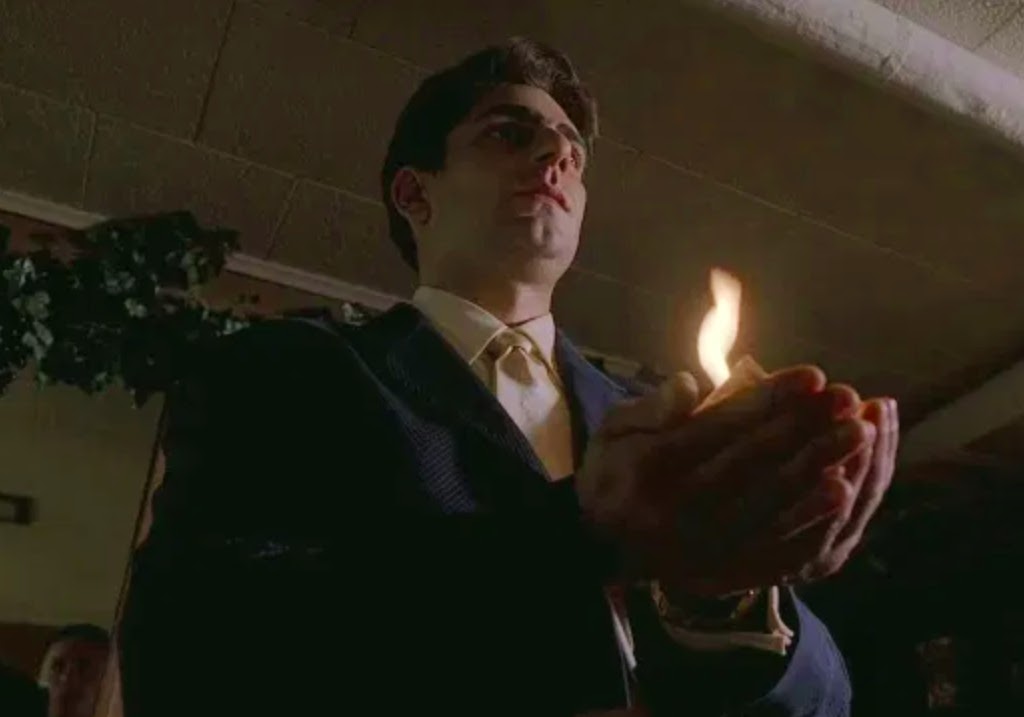
4. The blood oath
The initiation of a 'made' man begins with a blood oath similar to the one Christopher Moltisanti (Michael Imperioli) swore to crime boss Tony Soprano (James Gandolfini). Italy’s recruits recite a 'poison oath' and mobsters who break the code of conduct are told to kill themselves - cyanide and bullets being the preferred options. The American initiation rite starts with a similar ceremony and a prick of the finger. The blood is rubbed onto a photo of a saint - sometimes the Archangel Michael - and an oath of silence is recited. The picture is then set on fire and passed around a circle.

5. Omertà and snitches
Omertà is the mafia code of silence involving criminal activities. Snitches who betray omertà get whacked - or so the legend goes. So why didn’t Brooklyn mobster Henry Hill (played by Ray Liota in Goodfellas) get a bullet to the head? In a 2006 interview Hill, a former member of the Lucchese crime family, said the mafia tried twice after he left witness protection and ended up in a California prison on drug charges. Hill doesn’t know why he survived, but he didn’t feel safe until Jimmy ‘The Gent’ Burke (played by Robert DeNiro) and Paul 'Paulie' Vario (Paul Sorvino) were dead: “Paulie wouldn’t have killed me, but I knew Jimm … y… Jimmy you know, on his f***ing deathbed, I’m sure that Jimmy said ‘Get f***ing Henry.’”
"The brand new social experience where you activate your gaming skills as you train like a spy."
- TimeOut
Take on thrilling, high-energy espionage challenges across different game zones.

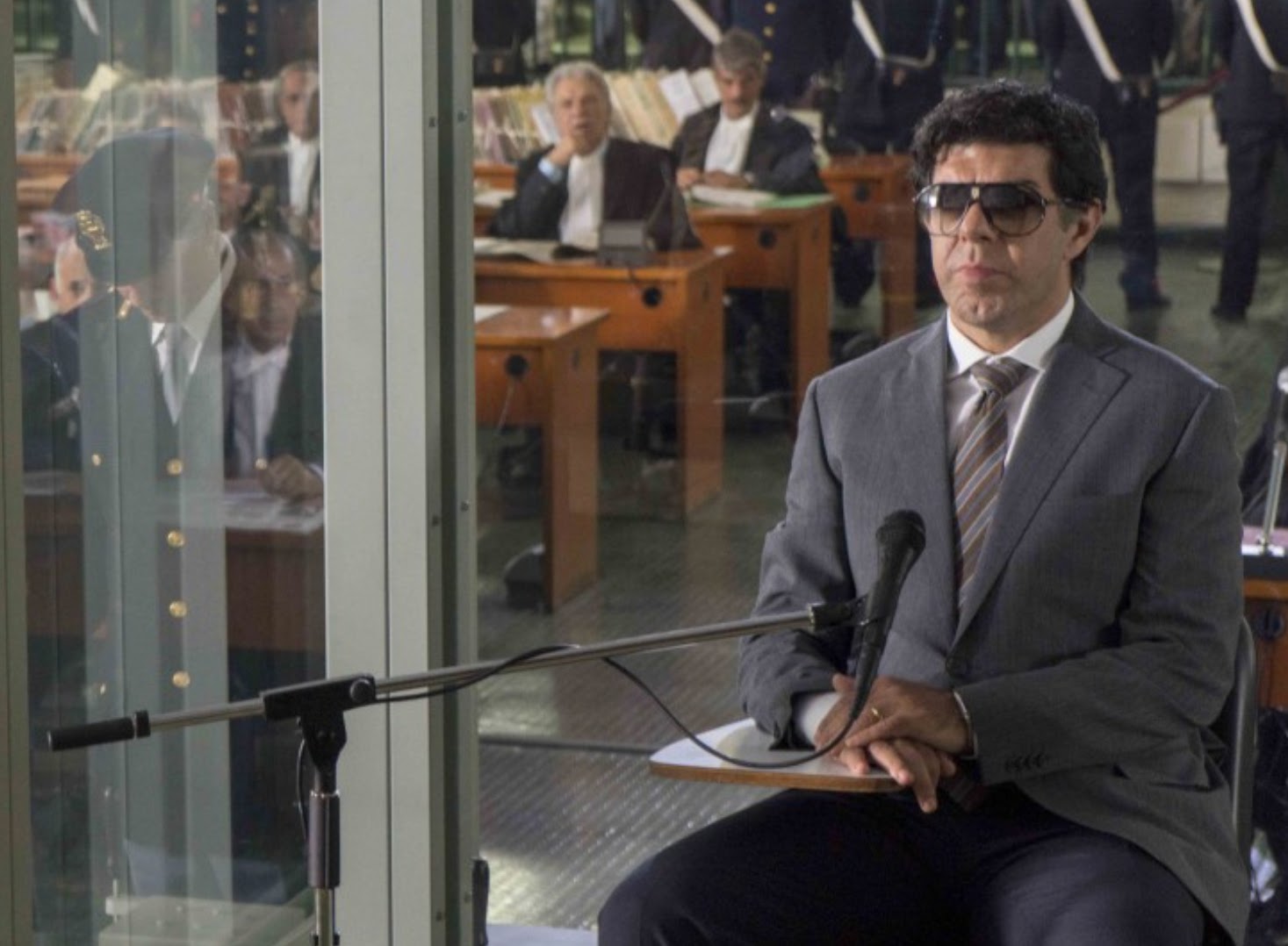
6. What the mafia holds dear
Tommaso Buscetta, the ex-Mafia leader turned FBI informant, provided an insiders’ view into La Cosa Nostra during his testimony in New York in 1985. Buscetta said the mafia smuggled $1.6bn in heroin from Sicily into the US through pizza parlors and laundered the money using banks and brokers in New York, the Bahamas, and Switzerland. Asked about his initiation, Buscetta said he swore that if he betrayed the mob his flesh would burn like the photo of the saint. He was reminded to behave at all times: “To be silent, not to look at other men’s wives or women, not to steal and especially, at all times when I was called, I had to rush, leaving whatever I was doing.” He was suspended twice. Once for cheating on his wife and once for smuggling cigarettes without telling his bosses. Asked about the usual penalty for disobeying the rules, Buscetta replied: “Death.”
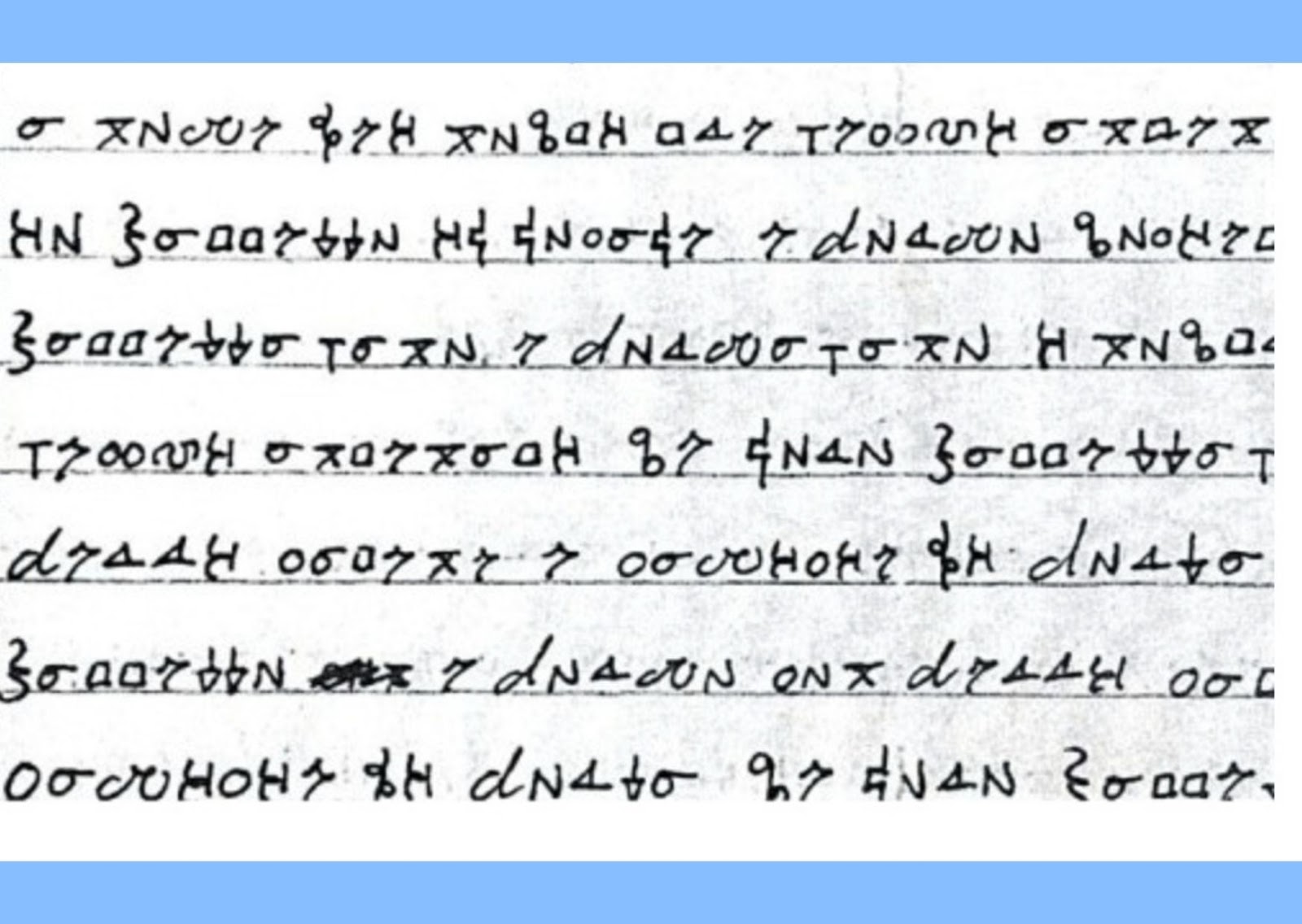
7. The legend
Just how the mafia started is a mystery but coded notebooks found during an Italian raid included reference to the legend. The myth began with three Spanish knights who killed a man to save the honor of their sister. The men were banished to the Sicilian island of Favignana. They wrote a code of conduct and the law of omertà (the code of silence). According to the legend, the men parted ways and formed three secret societies: the Cosa Nostra in Sicily, romanticized in The Godfather; the Camorra in Naples, the focus of the TV series Gomorrah; and the more reclusive ‘Ndrangheta in Calabria, at Italy’s southern tip.
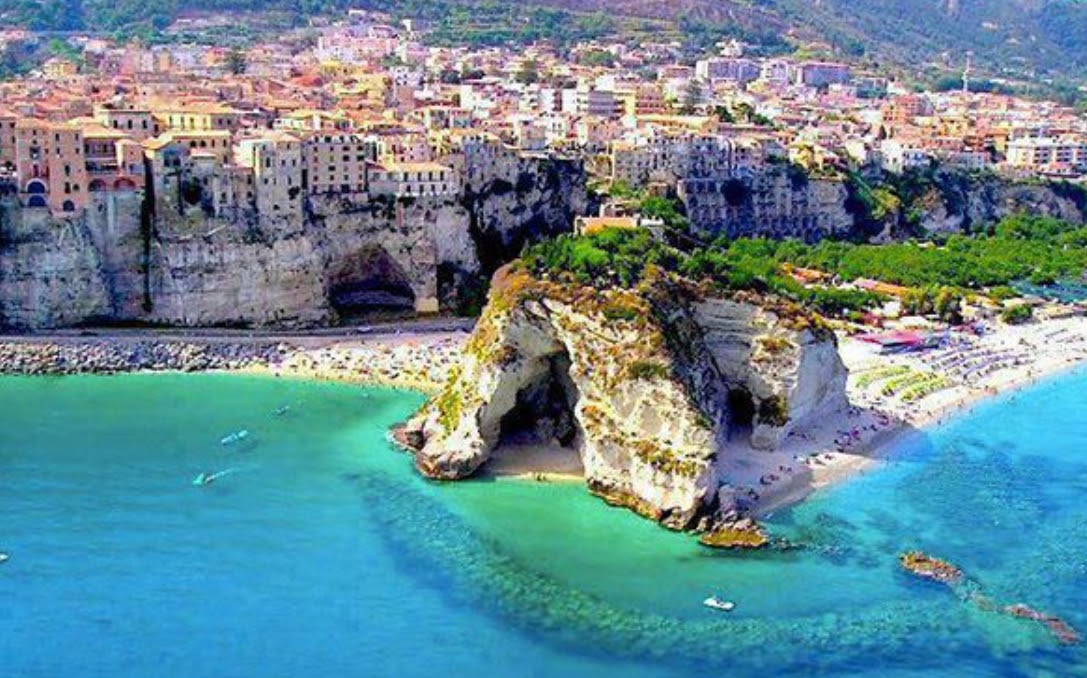
8. The mafia may have kicked off over lemons
England’s University of Nottingham said the Sicilian mafia, as we now recognize it, may be linked to lemons. In the mid to late 1800s, law enforcement was lax and the Italian government wasn't keeping the peace, so lemon farmers used protection squads (who were either hired or extorted money) to keep their crops safe. Initially, 'mafioso' meant someone who didn't trust centralized authority. The protection squads were called 'mafie' and later by the slang 'mafia'. As Don Calo Vizzini, head of the Villalba mafia during World War II summed it up: "In every society there has to be a category of people who straighten things out when situations get complicated."
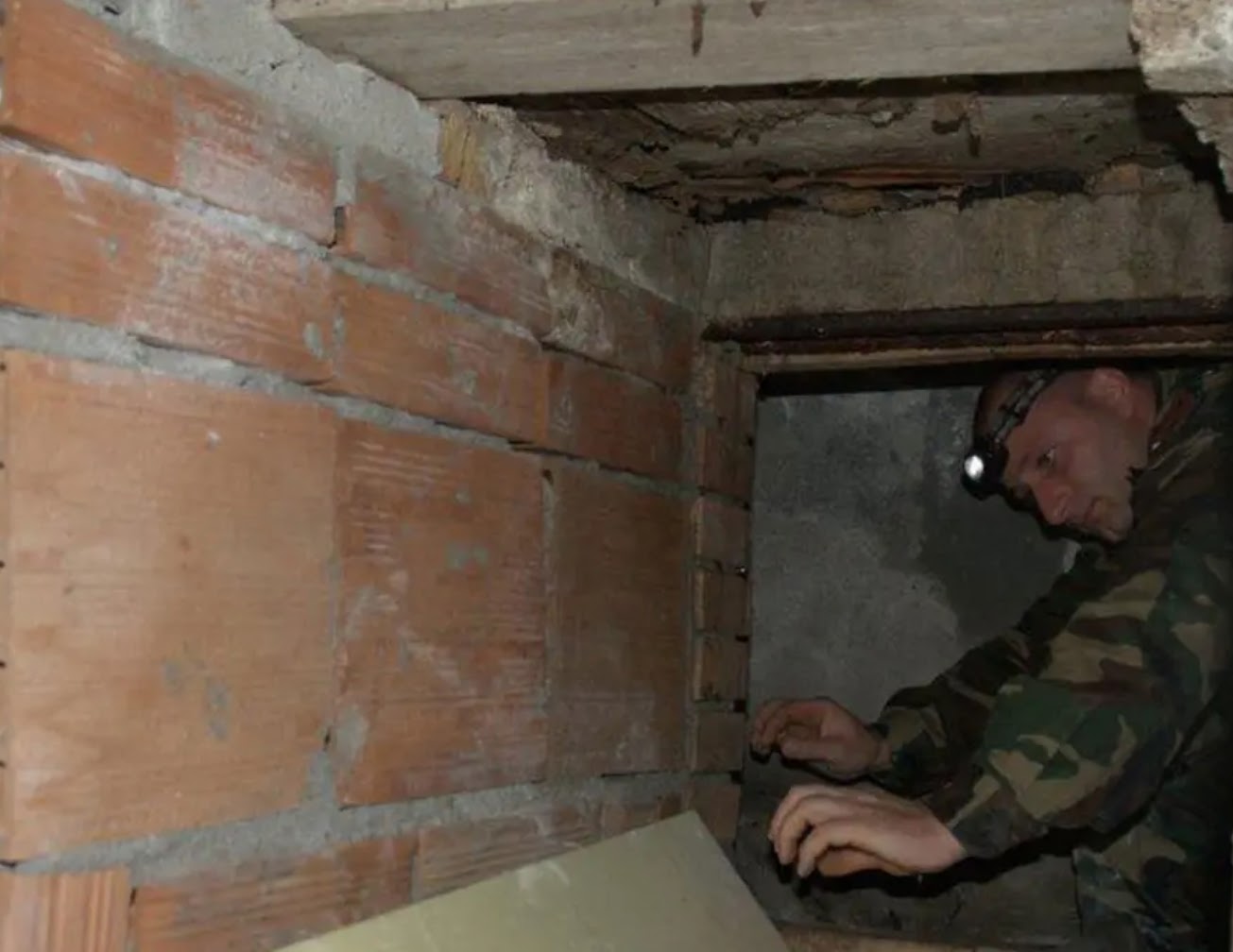
9. A secret labyrinth
Police and military surveyors pinpointed an underground fortress in 2014, a labyrinth of tunnels under the Calabria mountains that the Italian mafia are suspected of using to move around unnoticed. The tunnels are sophisticated and in some places large enough to drive a truck through. They are also accessible from different points - the bottom of a staircase, a field or a forest. Suspected drug lord Pasquale Marando reportedly entered the tunnels via a pizza oven.
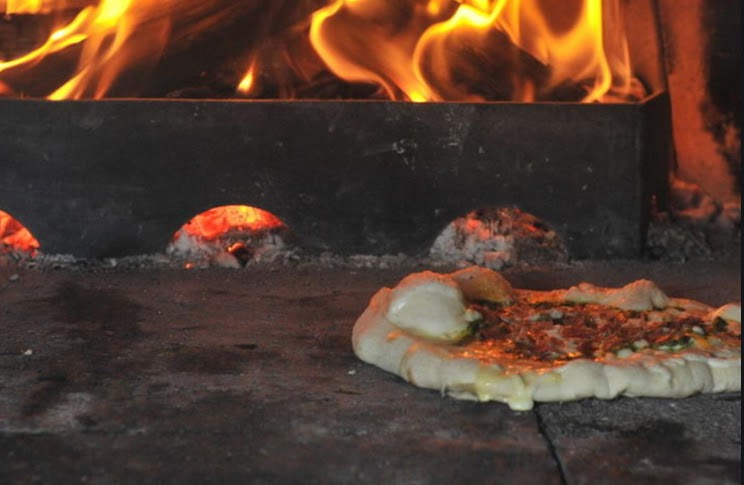
10. Hidden bunkers and safe houses
Some of Calabria’s rat-infested tunnels lead to dead ends, others to trap doors, bunkers and safe houses. Even on the run, it seems the mafia like their comforts. Italian police found some bunkers - built within shipping containers - filled with books, battery-operated gadgets and drug paraphernalia. Others were erected behind water tanks and fitted out with bathrooms. One had a kitchen packed with fresh tomatoes and ricotta cheese. Another had a full wood-fired pizza oven.
SPYSCAPE+

Join now to get True Spies episodes early and ad-free every week, plus subscriber-only Debriefs and Q&As to bring you closer to your favorite spies and stories from the show. You’ll also get our exclusive series The Razumov Files and The Great James Bond Car Robbery!


Gadgets & Gifts
Explore a world of secrets together. Navigate through interactive exhibits and missions to discover your spy roles.
Your Spy Skills
We all have valuable spy skills - your mission is to discover yours. See if you have what it takes to be a secret agent, with our authentic spy skills evaluation* developed by a former Head of Training at British Intelligence. It's FREE so share & compare with friends now!
* Find more information about the scientific methods behind the evaluation here.


Stay Connected
Follow us for the latest
TIKTOK
INSTAGRAM
X
FACEBOOK
YOUTUBE